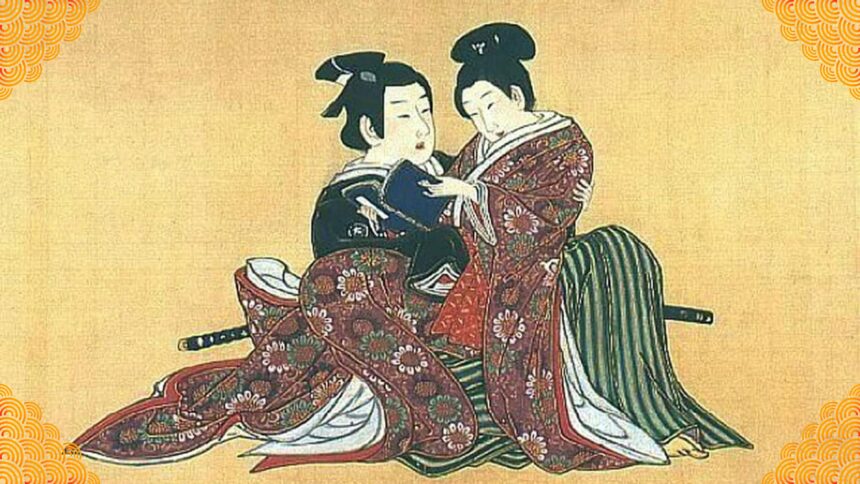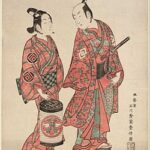In Japan, as in every other society on Earth, homosexuality has been a major part of its history and culture since people first arrived. Indeed, just as in some other societies, homosexuality (at least between men) was held by many to be somewhat beautiful. We’ve touched on it before, but here we’ll delve a little more into nanshoku, and what it meant to Japan.
What Does “Nanshoku” Mean?
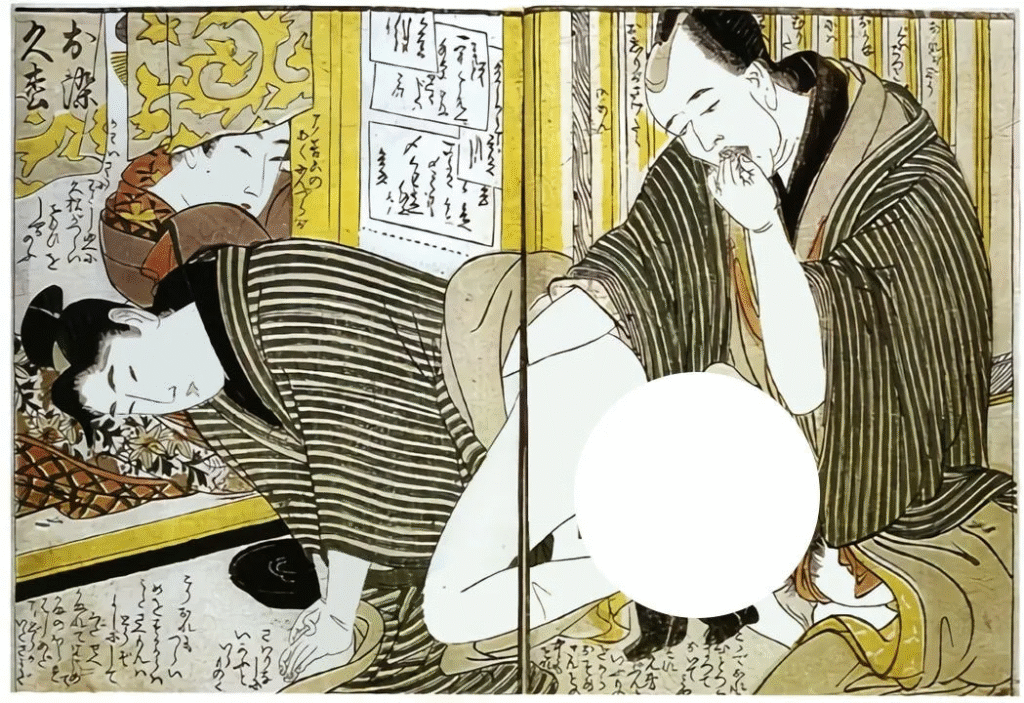
Nanshoku is written in Japanese as “男色,” which literally means “male colors,” and was used to describe sexual relationships between men. The most common form of such — or at least, the form that was best recorded (we must remember that the lives of commoners and, indeed, women, were not committed to history very well) — was that of wakashūdo, which was typically practiced by two classes that were more well recorded in Japanese history: the Buddhist monastic class, and the samurai.
Nanshoku and Buddhism: The Roots of Male Love in Japan

As Buddhism came to Japan in the 6th Century, and soon became a co-religion with Shinto, it began to adopt certain attributes from its predecessor in the country. One of these is that Shinto, a very sex-positive religion (relatively speaking) was perfectly happy with wakashūdo, which were sexual relationships between an older man and a younger apprentice, below that age of adulthood in Japan (typically around 20 years old).
Wakashū, or “young person” (but exclusively used to mean young men) were sometimes considered semi-sacred, and some have considered them to be what we would call a “third gender” today. However, the roles in the relationships were key: it would be wrong for the younger man to top, or the older to bottom.
Nanshoku and the Samurai: The Way of the Warrior and the Way of Love
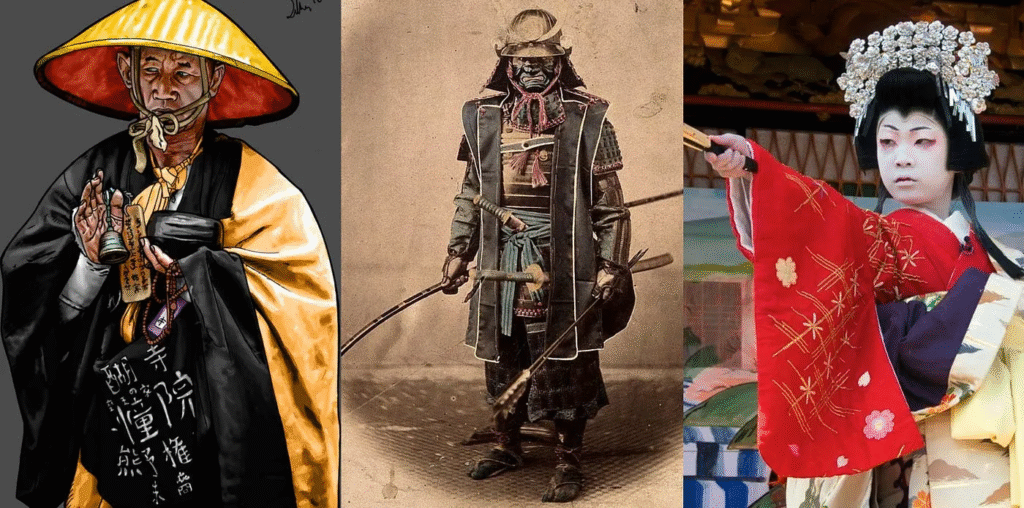
There were very similar circumstances among samurai. Although samurai would take wives and have families, for much of their time they would be among men, especially when traveling, whether for battle or for official purposes. As such, like monks, they would engage in wakashūdo, with similar mores around the age of the lover that a man could take. As such, there were many, what we would consider, gay samurai.
These relationships, however, both for monks and samurai, would end once the apprentice came of age, and was able to fight or participate in monastic duties themselves. In some ways, it could be considered a rite of passage, and so became celebrated in ancient Japanese culture.
Nanshoku in Edo-Era Art and Culture
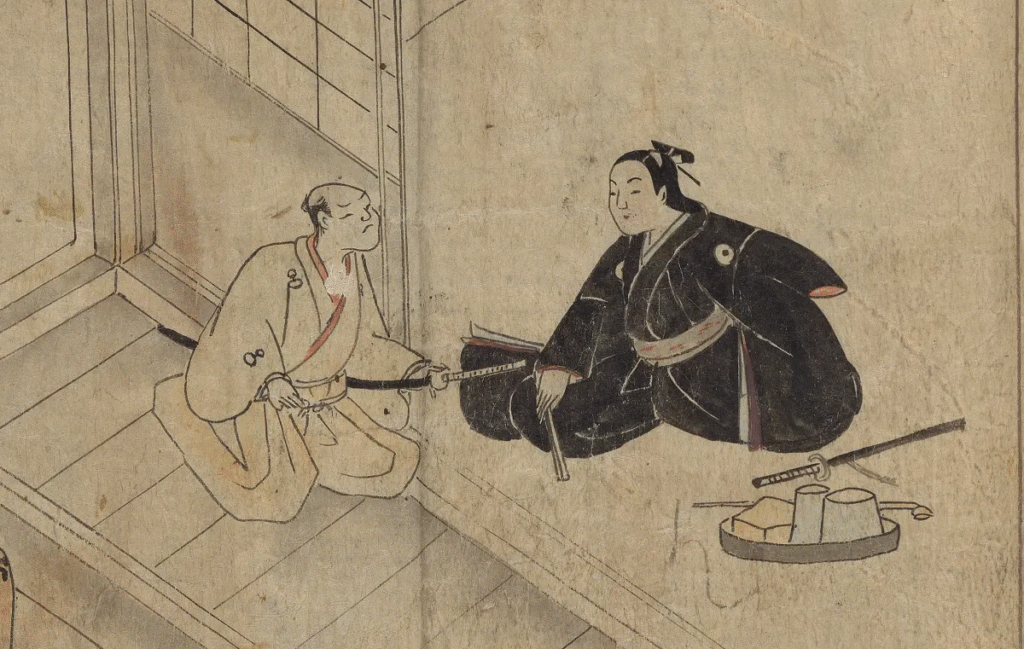
Especially among the samurai, wakashūdo was not just acceptable, and something that many experienced, but was considered a highly refined form of erotic love. Young, effeminate men were especially prized, both as partners and in their depiction in poetry and art. Indeed, many erotic shunga paintings would portray the wakashū themselves as being even more feminine than women.
The importance of art to the upper classes meant that these relationships were often celebrated and depicted, with some comparing the “fleeting beauty” of young men with cherry blossoms, the impermanence of which are also celebrated in Japan.
The Decline of Nanshoku: Western Influence

With the Meiji Restoration, starting in 1868, Japan became more open to western ideas and modes of living. This included modernizations such as rail infrastructure, as well as eliminating the samurai class and forcibly converting Buddhists to Shinto, in order to have a centralized state religion. With these reforms, as well as the influence of western homophobia, nanshoku was more or less eliminated at a stroke (at least, in public).
Homosexuality was even banned in Japan for a time, between 1872 and 1880. However, as you may guess from its short lifespan, there was no appetite for the law. The decriminalization, however, did not bring with it a return to wakashūdo.
Is “Nanshoku” Still Used in Japan Today?
While Japanese homosexuality itself was only briefly illegal, the term “nanshoku” is no longer used, and is considered archaic. It is, however, still used to describe the relationships discussed above, as well as other gay Japanese relationships in the pre-modern era. Describing modern gay Japanese relationships as “nanshoku,” however, would be extremely strange.
Why Nanshoku Still Matters
Nanshoku is still of interest to many, especially historians, as it shines a light on not only the differences in attitudes towards sexuality in Japan between the nation and other countries at the time, but also to compare LGBTQ+ attitudes in Japan then to what they are today.
Many would agree that the classist attitudes towards relationships between men being removed is a good thing, for example. However, I expect most would say that it is a good thing that older men do not have a steady stream of teenage apprentices for sexual purposes — or at least, one would hope so.
Nanshoku, as mentioned, was surely not the only example of homosexuality in Japan in the pre-modern era. As mentioned, women and lower classes rarely had their stories told. It is an interesting relic from the past, however, and the art is often worth perusing.

